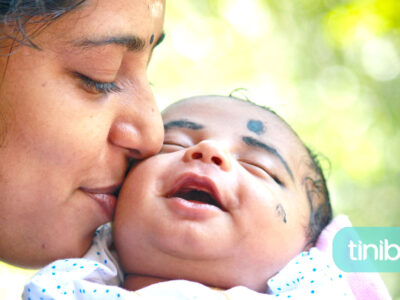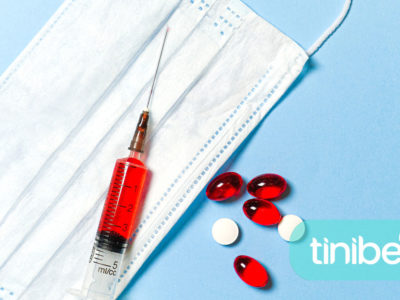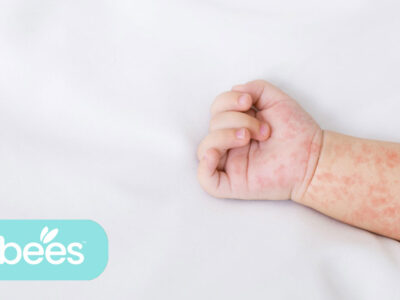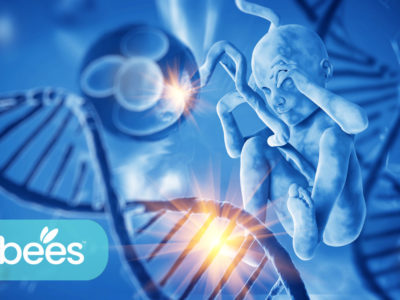
What is SCID?
Severe Combined Immunodeficiency or SCID is a rare disease, which can be deadly. A child with this disease has very weak immunity and as a result of it, she is totally unable to fight even with a mild infection. Living or exposing in the normal environment can be fatal for the child, who has SCID, so it is also known as “living in the bubble” syndrome. It is an inherited disease and passed from parents to their baby. They can even die before reaching her 1st birthday. But there are treatments for SCID, which also can be successful
Cause of SCID
There are several genetic problems that are responsible for causing SCID. This disease makes the T and B white blood cells less able to fight with any kind of infection, whether it is from a virus or bacteria or fungi.
The most common type of SCID is caused due to a problem related to the gene, which is found in the X chromosome and affects only boys. As females have two X chromosomes and inherit a normal X chromosome, their immune system is able to fight off infection. But they will be the carrier of the disease. Males have only one X chromosome and if the gene is defective, the disease happens.
The other type of SCID is caused due to the deficiency of a special enzyme, which helps to develop lymphocytes.
Symptoms
Generally within the first year of the child’s birth the symptoms start. Here are some common symptoms of the disease
- Ear infection
- Sinus infection
- Chronic skin infection
- Blood infection
- Yeast infection in the diaper area and mouth
- Liver infection
- Diarrhea
- Pneumonia
- Meningitis
Diagnosis
After analysing the symptoms and health history the doctor asks for your child’s physical exam. In order to confirm the diagnosis multiple blood tests are also required.
Treatment
Based on the child’s age, symptoms and overall health, the treatment of SCID depends. The severity of the disease also affects the treatment. Basically there are three main steps of treating SCID, that include
- Treatment of the current infection that the child has.
- Avoiding the germs and also preventing any new infection.
- Fixing the main problem of the immune system or immunodeficiency.
Stem cell transplant or bone marrow transplant is the best treatment for this disease. The spongy, soft tissue inside the bones are called bone marrow. It helps to form blood cells and also the place where our body stores blood cells. In this bone marrow transplant, the bone marrow of a healthy person is transplanted into the child. The main purpose of this bone marrow transplant is to help the child’s immune system work better. If the transplantation is done within 3 months of the child’s birth, there is the most chance of cure. For the transplant, chord blood also can be used. Before the transplantation, some children may need chemotherapy.
Gene therapy is another way of treating SCID. Though researchers have some successful cases but it is still in the experimental stages.
Other things you need to know
Apart from medicines and therapies, there are also some preventions that need to be taken. Such as
- In order to prevent the spread of keep your baby in isolation.
- It will be best to limit visitors and avoid public places as much as possible.
- Keep your child away with anyone, who has a cold or infection.
- Make sure that everyone wash their hands before touching your baby.
- In case your child needs any blood transfusion, make sure that only specially treated blood that has the prevention power of transfusion-related complications is only transfused.
- You also may need to stop breastfeeding your baby until your breast milk is tested for any virus that causes infection.
- Your child should not get any live vaccines, such as chickenpox (varicella) vaccine, rotavirus vaccine, mumps, measles, rubella (MMR) vaccine, BCG, oral polio vaccine, FluMist vaccine. Also make sure that whoever is living in the house with the baby does not get these live vaccines.




















































































 Welcome to Tinibees!
Welcome to Tinibees!  Tinibees Santa’s Magic
Tinibees Santa’s Magic  Travel Tips with Kids & Tinibees
Travel Tips with Kids & Tinibees  Make Your Baby’s First New Year Special
Make Your Baby’s First New Year Special  Special things to Know About a Capricorn Baby
Special things to Know About a Capricorn Baby 



Recent Comments